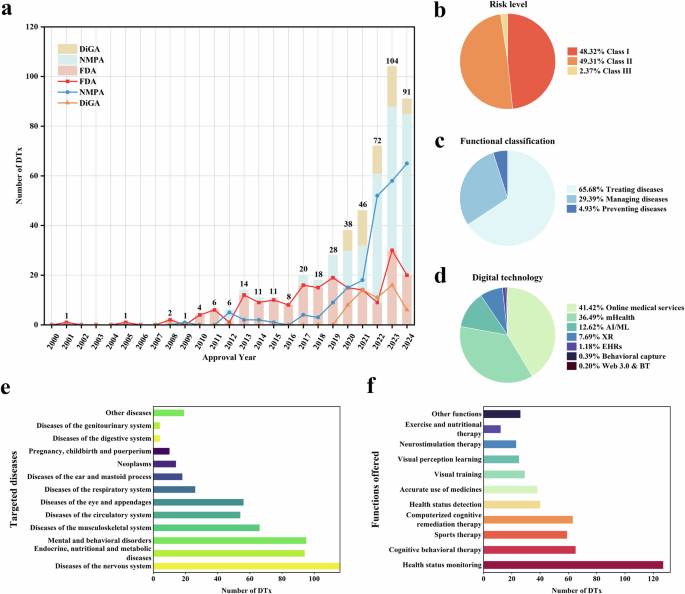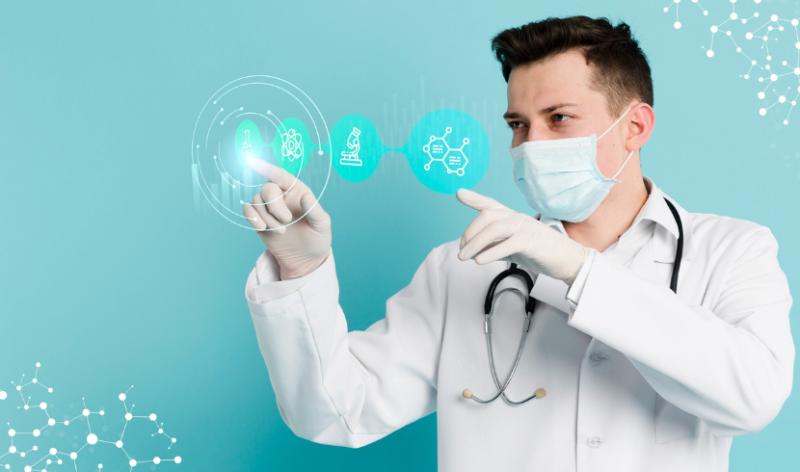‘Working together with global partner associations for better and faster access to innovative technologies’ < Opinion < Article

The Ministry of Food and Drug Safety (MFDS) has celebrated May 29, the day Korea enacted and proclaimed the Medical Device Act, as Medical Device Day since 2008. This day is commemorated with ceremonies aimed at enhancing consumer understanding of medical devices and fostering unity and communication among government, industry, academia, and consumer organizations involved in the medical device sector. As the event marks its 17th anniversary, Korea Biomedical Review will publish four congratulatory columns worldwide. This is the third installment.—Ed.

COCIR is delighted to join the Korean medical device industry in the celebrations for the Medical Device Day. This year, the event coincides with the milestone of our 65 anniversary. Since 1959, we have been representing the medical technology industry towards the European institutions and advocating for the transformation of European health systems, enabling better health outcomes.
Medical Imaging
A core sector represented at COCIR is medical imaging: X-Ray, closely followed by the introduction of CT, MRI, ultrasound and molecular imaging technologies. The last decades saw many advances in these technologies.
Some of the most important developments in CT are the technological advancements that have both improved patient safety by reducing radiation doses and allowed for better diagnosis by increasing image quality.
Scanning patients at the lowest possible dose is important as data suggests that high radiation doses increase an individual’s likelihood of developing cancer. Low dose CT technology is especially beneficial in scanning higher risk populations, such as children and young females who have larger amounts of sensitive, growing tissues. Additionally, cancer patients who frequently undergo CT scans benefit immensely from low dose scanners.
A complete toolkit of different technologies is now available for reducing radiation doses.
AI based systems have received regulatory clearance in the recent past for image reconstruction of CT images. Deep Convolutive Neural Networks are trained to produce high signal-to-noise ratio (SNR) images that optimize the efficiency of radiation dose.
Recently, photon counting CT has become commercially available, introducing one of the most significant innovations in the sector. Photon counting technology has the potential to provide high-quality images with lower radiation doses compared to traditional CT scanners. This is beneficial for patients, especially in cases where repeated scans are necessary. Initial studies show that photon counting detectors could bring an additional dose reduction of 30-45% compared to standard CT systems detectors. Spectral photon-counting computed tomography (SPCCT) is an evolving technology that holds the promise of advancing medical imaging capabilities. It demonstrates how technological innovations in CT scanning can contribute to more accurate diagnoses and improved patient outcomes.
Digital Health
Digital health technologies are revolutionizing the healthcare landscape by improving diagnostic and therapy capabilities. The growing importance of digital health is evident in its widespread adoption. It has immense potential to transform various aspects of healthcare delivery.
Artificial Intelligence (AI) is a game-changer in radiology and medical imaging, promising to enhance diagnostic accuracy and efficiency. Leading radiologists foresee AI’s impact across various imaging modalities, particularly in areas such as breast, oncologic, thoracic, and neuroimaging. Modalities like mammography, computed tomography, and magnetic resonance imaging stand to benefit significantly from AI-driven advancements.
Moreover, interoperability solutions and cybersecurity tools are essential components of digital health infrastructure, ensuring the security and privacy of patient data. By enabling seamless data exchange and protecting sensitive information, these technologies empower healthcare professionals to deliver high-quality care while safeguarding patient privacy.
Mobile health (mHealth) applications and electronic health record (EHR) management systems are also revolutionizing healthcare delivery by improving access to services and streamlining clinical workflows. These digital solutions empower patients to actively participate in their care while giving healthcare professionals the necessary tools to provide personalized, efficient, and effective treatments.
Finally, digital health technologies have a key role in shaping the future of healthcare. By embracing digital innovation and fostering collaboration across sectors, we can harness the full potential of medical devices and digital health solutions to improve patient outcomes and enhance the delivery of healthcare services worldwide.
Global Collaboration
However, despite these recent innovations, global inequalities remain in access to medical imaging and radiotherapy technologies, even within higher income countries, including those in the EU. It is not only the less-than-optimal density of many countries, but also an excess of
old products leaving many patients excluded from the benefits of new technologies, as have been outlined above. Working together in our global sister association DITTA, KMDIA and COCIR along with other members advocate for more investments to support low and middle-income countries in gaining access to innovative technologies. We are proud of our joint activities in global health since DITTA was granted the NGO status in official relations with the World Health Organization.
On this Medical Device Day, let’s all celebrate the Korean medical device industry, and the contributions of KMDIA, DITTA and COCIR members to healthcare solutions that benefit patients, health professionals and healthcare systems as well as their continued commitments to improving patient outcomes.
link







